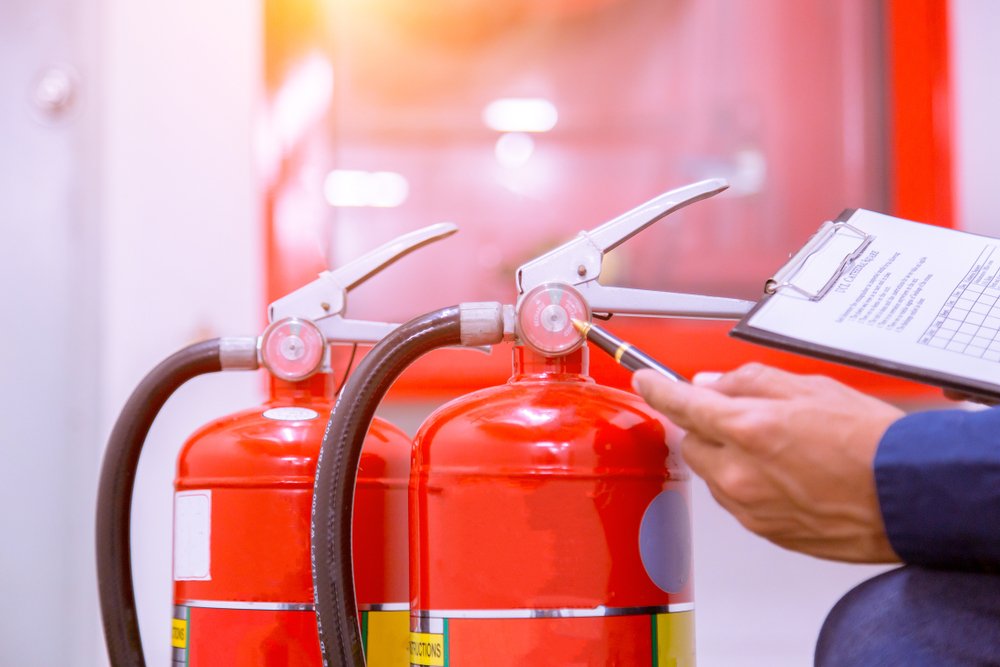If you’ve ever attended a firefighting training, you’ve likely heard the term “fire water calculation.” This definition covers a number of factors, including how to calculate fire water flow, how gravity and wind affect fire flow, and the friction loss of nozzles and hoses. Knowing how much water your fire needs is essential for your safety and preparedness.
Calculation of fire water needs
The calculation of fire water requirements is a critical part of pre-incident planning. A building’s construction factor, predominant occupancy type, and exposure building factor are used to determine the minimum fire flow requirement. While the calculation is not an exact science, it provides a guideline for determining the required fire flow. The annex to NFPA 101 provides additional information on fire water delivery and calculation.
Calculating the necessary fire flow can be a tricky subject, as the amount of water is dependent on many variables. Building size, hazard, and outdoor conditions influence the amount of water needed to extinguish a fire, as is the time it takes for the fire department to respond. There are many different methods for calculating the amount of fire water that must be supplied to a building, and each one has pros and cons.
Fire departments need to know how to properly perform a fire flow test in order to accurately estimate the amount of water available at a given location. This information is critical in tactical firefighting and community planning. It is also vital for sprinkler contractors and engineers when designing fire protection systems for new buildings. This information is also critical for city planners who want to make sure that there is enough water in a building to effectively suppress a fire.
Methods for calculating fire flow
One of the most important things to remember when calculating fire water needs is to know the area that will be covered by the fire. The size of the building should also be considered. The amount of water that can be stored in a sprinkler system depends on how well the sprinklers are maintained. Firefighting is a complex science, and the methods used to estimate the amount of water needed may not be ideal.
Fire flow is the flow rate of water during a fire, measured at a 20-psi residual pressure. Fire flow is typically supplied from nearby fire hydrants. It can also be supplied from a static water supply. In order to estimate fire water needs, water flow rates should be calculated.
Fire flow calculation areas are defined in accordance with the NFPA 1142 standard. The calculation area should include the entire floor area of all floors within the exterior walls, except for the floor area under the roof. It can also include portions of a building that are separated by fire walls.
Effects of gravity and wind on fire flow
Effects of gravity and wind on fire flow are of great importance in space and aviation. This article proposes a numerical simulation method to explore this phenomenon. The results reveal two distinct stages in the structure of fire plumes. The transition stage shows a unique behavior that is influenced by wind speed and gravity.
The three-layer model has several parameters, including the wind-farm velocity Ug, the upper layer velocity H1, and the friction coefficients C, D, and the Coriolis parameter. These parameters are obtained from numerical simulations using the Weather Research and Forecasting (WRF) model.
Fires produce two types of fluid flow: turbulent and laminar. Both forms cause different amounts of heat and vapor to escape. In addition, there is a drag force, which slows down fluid flow over an immersed object. This is the same drag force that slows down water flow through a pipe or fire effluent.
Methods for calculating friction loss for hoses and nozzles
Calculating the friction loss of fire water hoses and nozzles is essential to providing effective streams of water and minimizing the wear and tear of these equipments. The amount of friction loss depends on a variety of factors, including the diameter and length of the hoseline, the size of the pump, and the elevation of the nozzle and the fire.
One of the most basic ways to calculate friction loss is to multiply the number of gpm by the length of the hose and the number of nozzles. Fire hoses are normally designed to have a flow rate of 95 to 200 gpm. However, fog nozzles can be made with different gpm, depending on their design.
The siamese operation can be used to reduce the excessive friction loss created by large volume flows. However, this calculation is no simpler than the one for a single line. To calculate the friction loss of two lines, divide the GPM by two. Then, add 20psi of residual pressure.










